Bizen pottery Japan’s oldest unglazed ceramic tradition holds a sacred place in the practice of chanoyu, the Japanese tea ceremony.
These vessels are far more than tools for serving tea. Shaped by fire, earth, and centuries of tradition, they carry the wisdom of imperfection, simplicity, and transience the essence of wabi-sabi.
Where Earth Meets Flame
Crafted in Okayama Prefecture for over a thousand years, Bizen pottery is fired without glaze in massive wood-burning kilns called anagama or noborigama. Each piece emerges bearing the marks of its journey scorch patterns, smoky gradients, and natural ash glazes formed by flame and ember. No two pieces are ever alike. It’s this unpredictability that makes Bizen ware so deeply aligned with the spirit of the tea ceremony.
Wabi-Sabi Made Tangible
Bizen Pottery pieces reflect the wabi-sabi philosophy not just in form, but in spirit. They remind us that life is fleeting, that beauty can be subtle, and that meaning often lies in the irregular and overlooked.
A Legacy of Intentional Craft
Behind every Bizen piece is a process both ancient and meditative. For days, the kiln is fed with wood, watched closely, and adjusted with care. Some pieces incorporate the vibrant green Oribe glaze, named after the tea master Furuta Oribe. This rare addition, created with iron oxides, adds a modern twist to Bizen’s otherwise raw aesthetic, showing the stylistic range within this centuries-old craft.

Past in the Palm of Your Hand
Many Bizen pieces are heirlooms, passed through generations. They carry fingerprints of the past. Using them connects the present ceremony to a long, quiet lineage of gatherings, gestures, and guests. It’s not just drinking tea. It’s continuing a story.
A Living, Breathing Art
Today, Bizen pottery is evolving. Contemporary artists experiment with new kiln techniques, shapes, and firing rhythms. But the soul remains intact. And the world is taking notice. Museums and collectors around the globe now showcase Bizen ware not for its perfection, but for its presence.
Conclusion: More Than a Vessel
Bizen pottery isn’t flashy. Instead, it offers a return, to simplicity, to slowness, to meaning. And in a world that moves ever faster, that reminder has never felt more relevant.


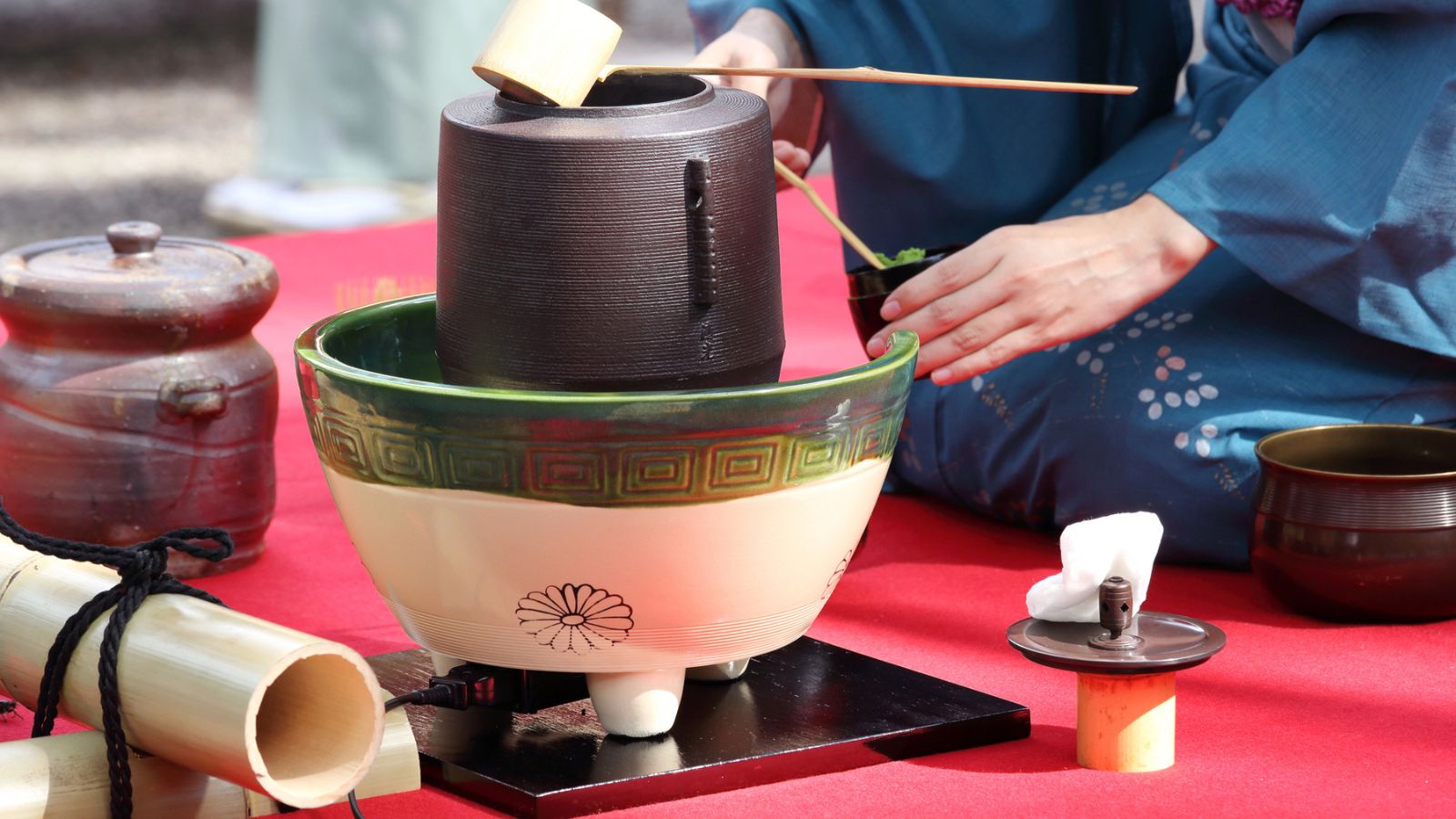

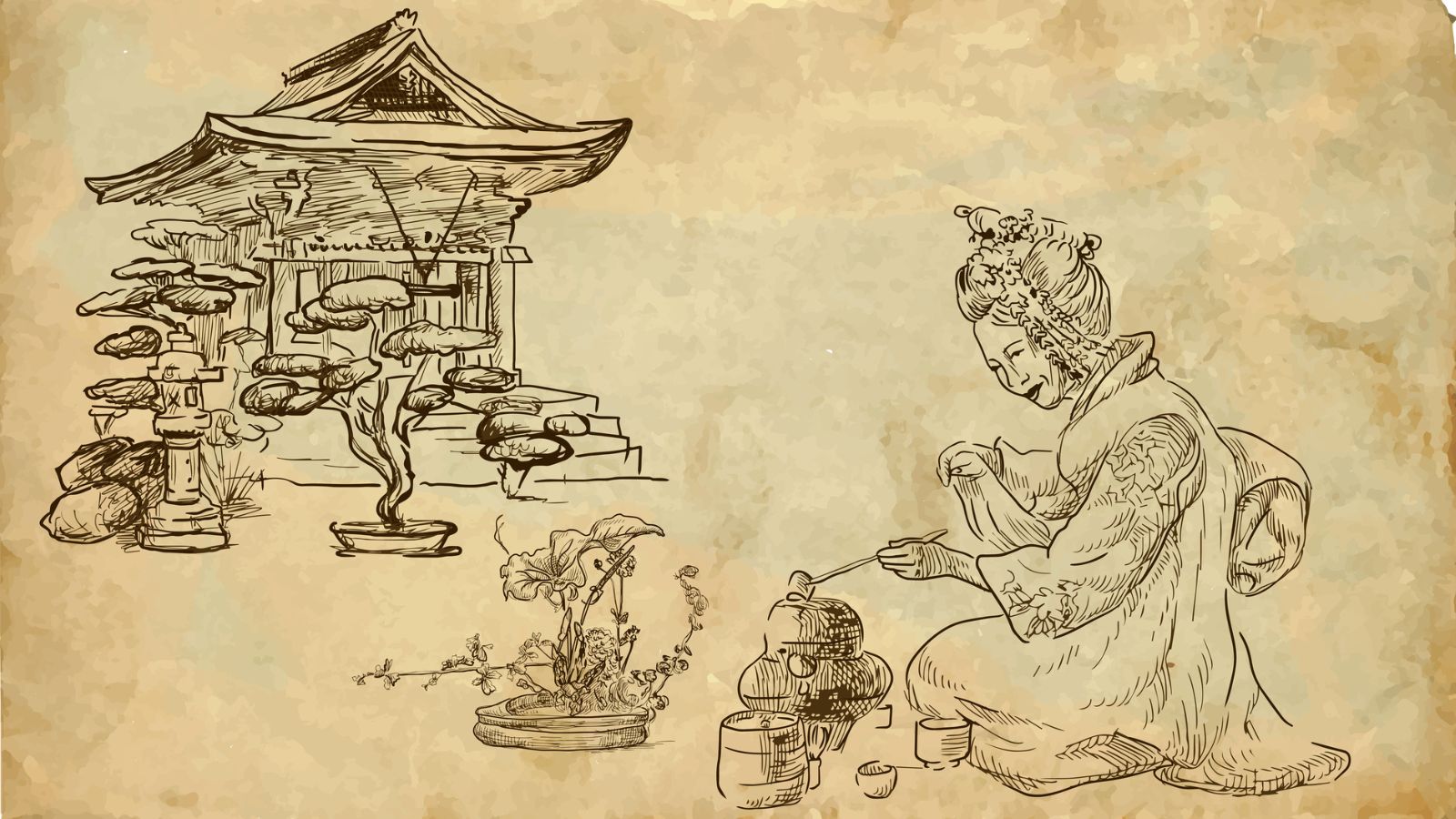
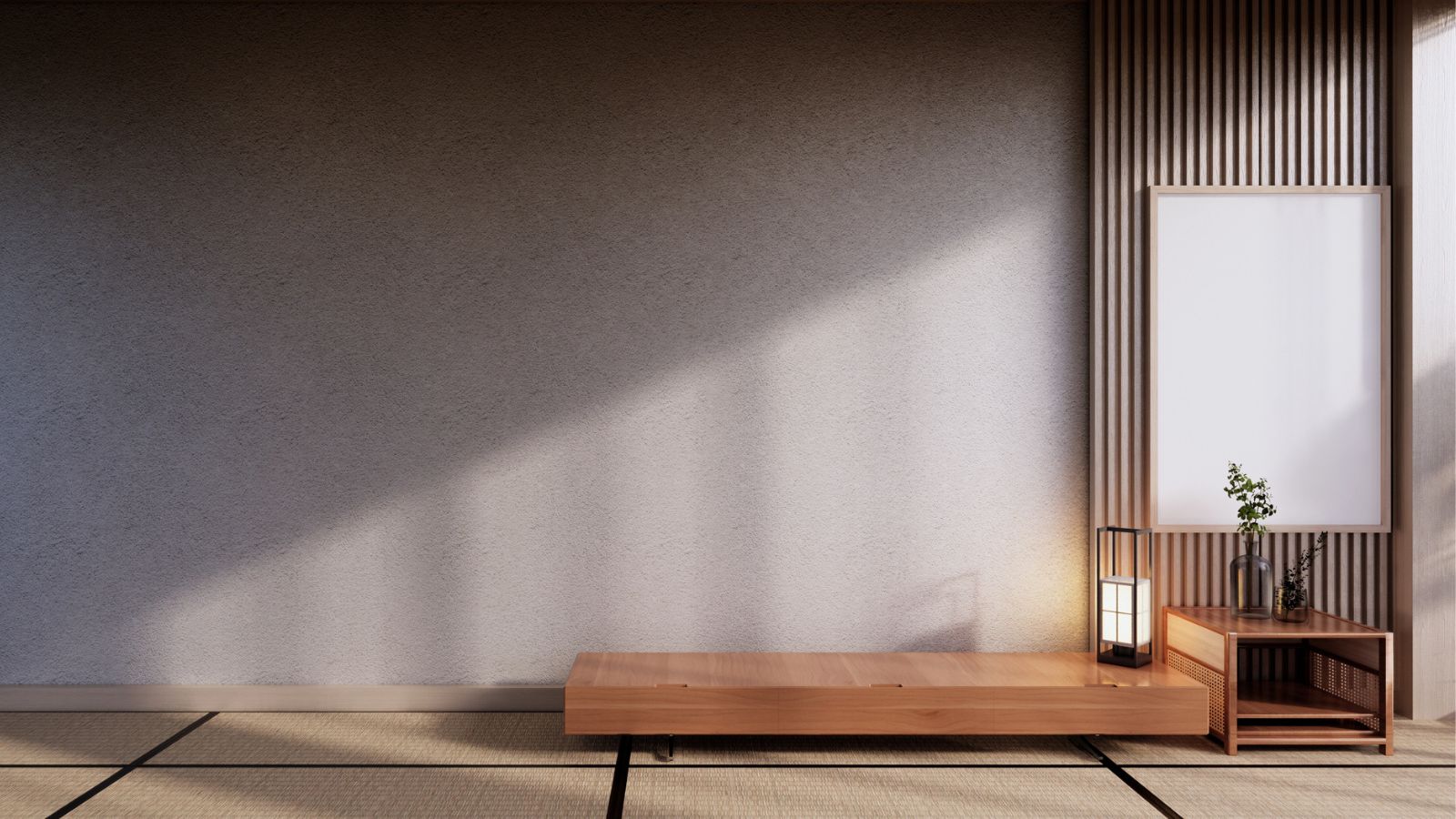

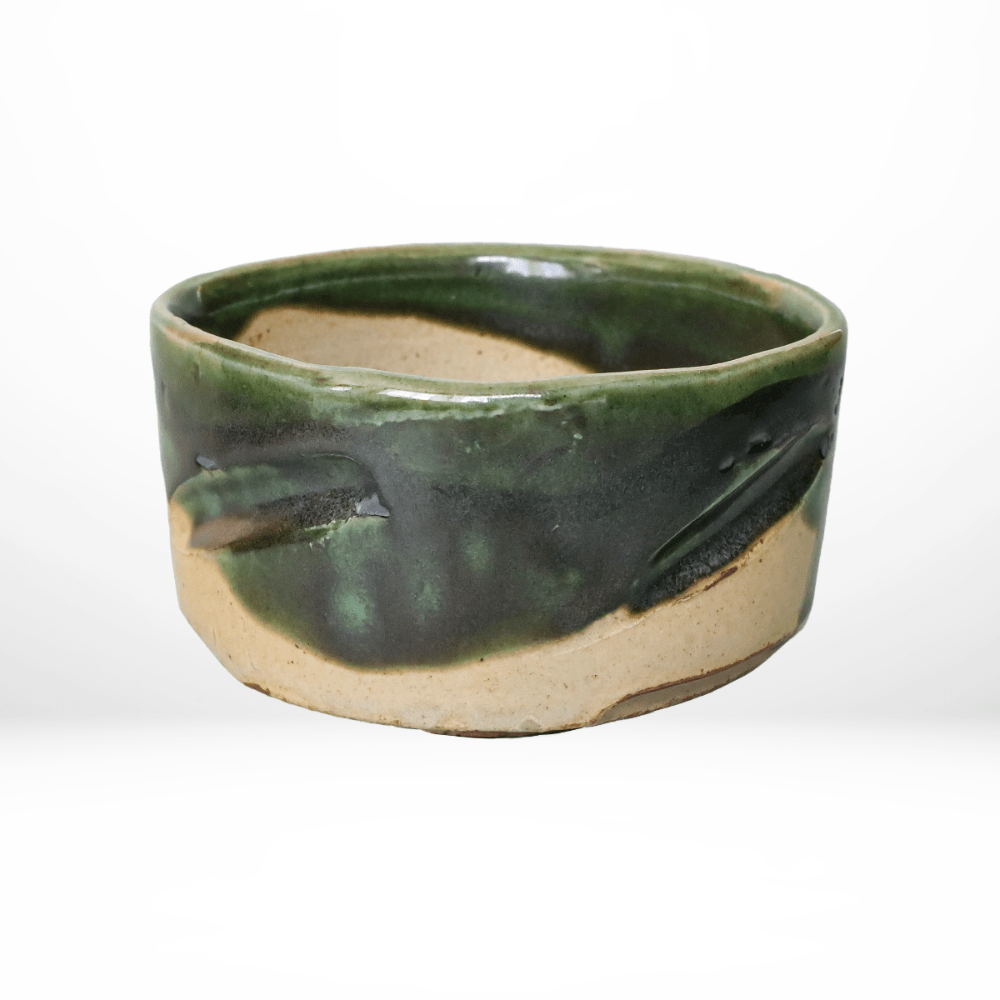
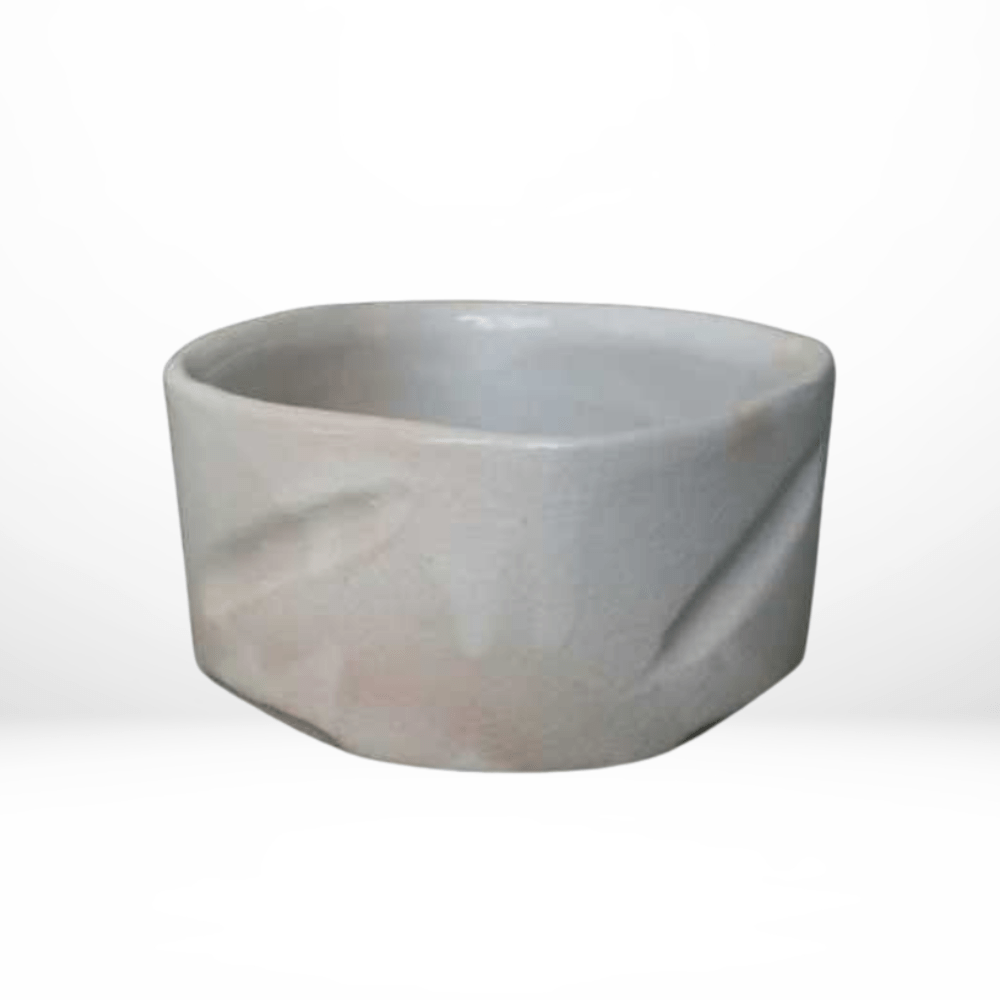
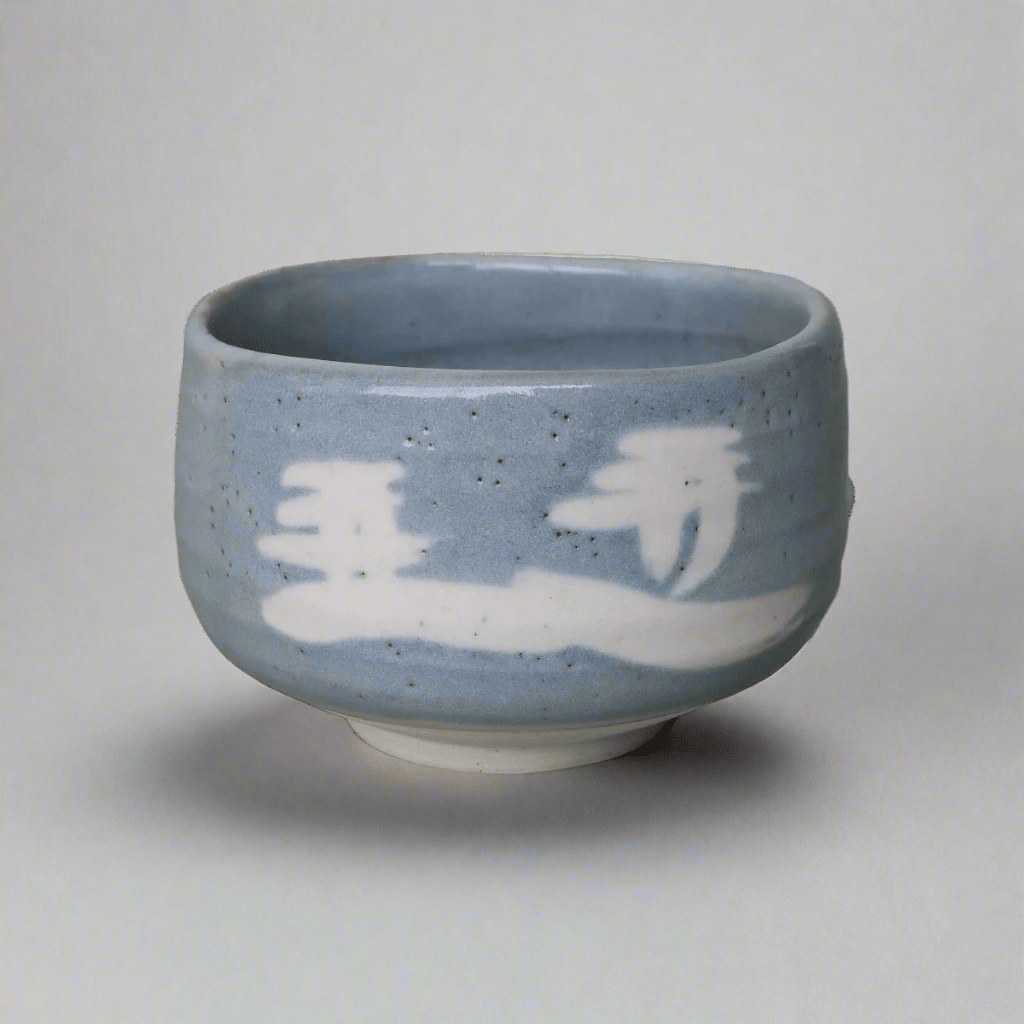
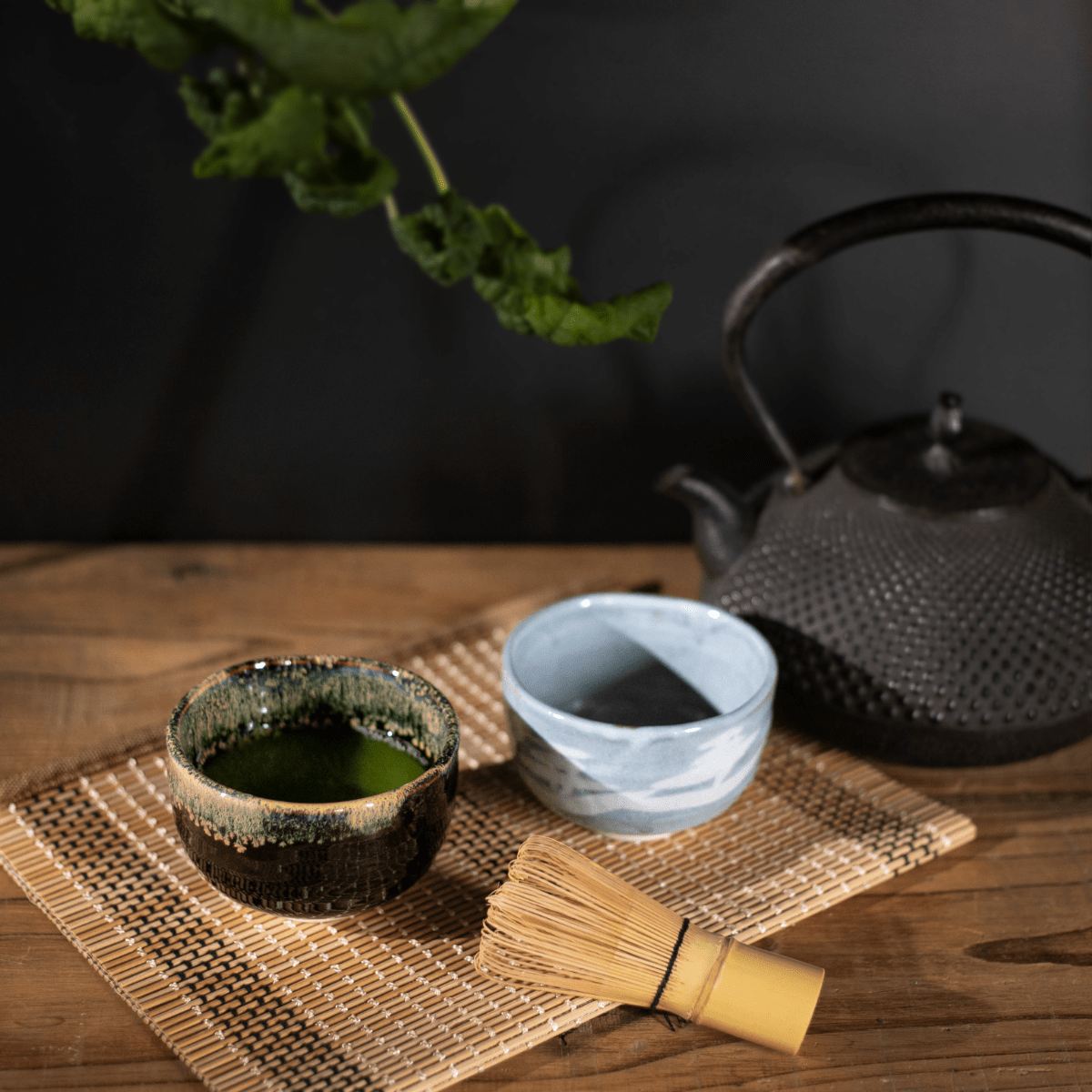
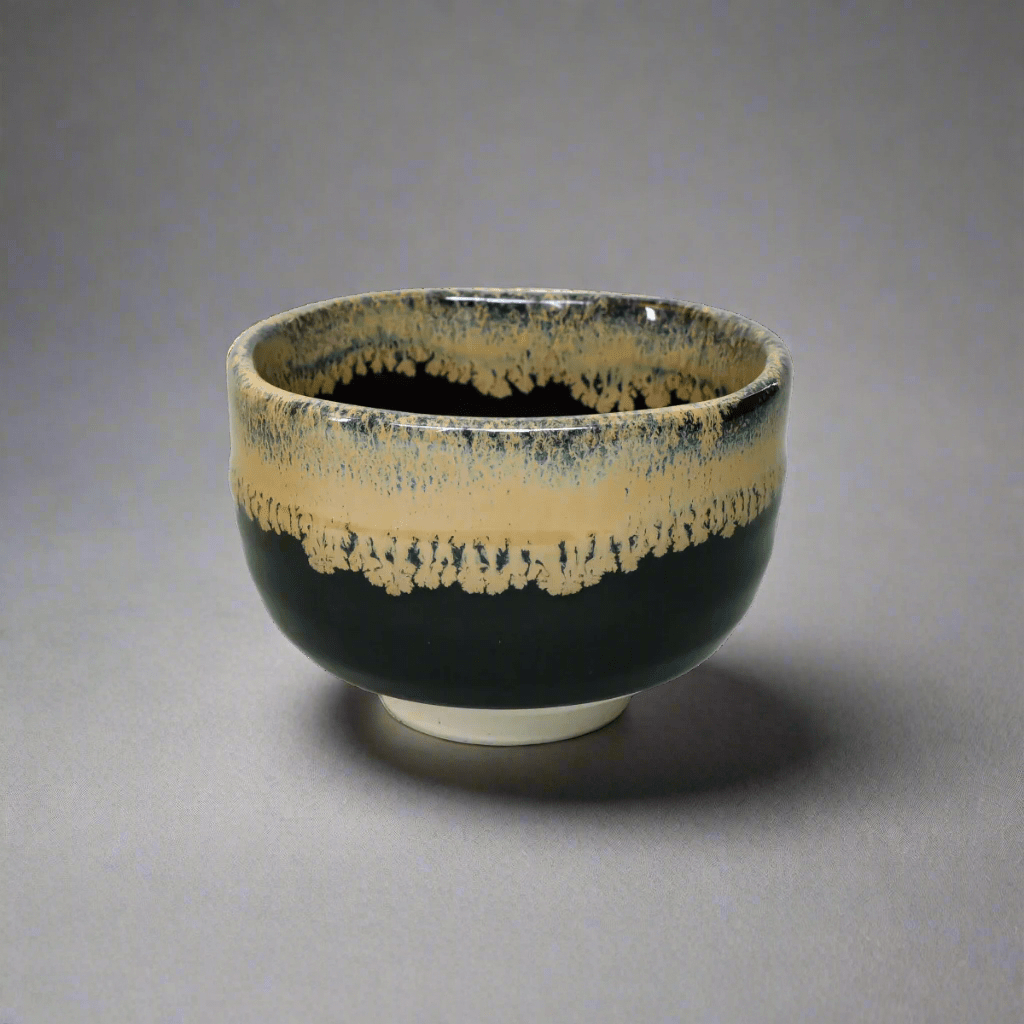
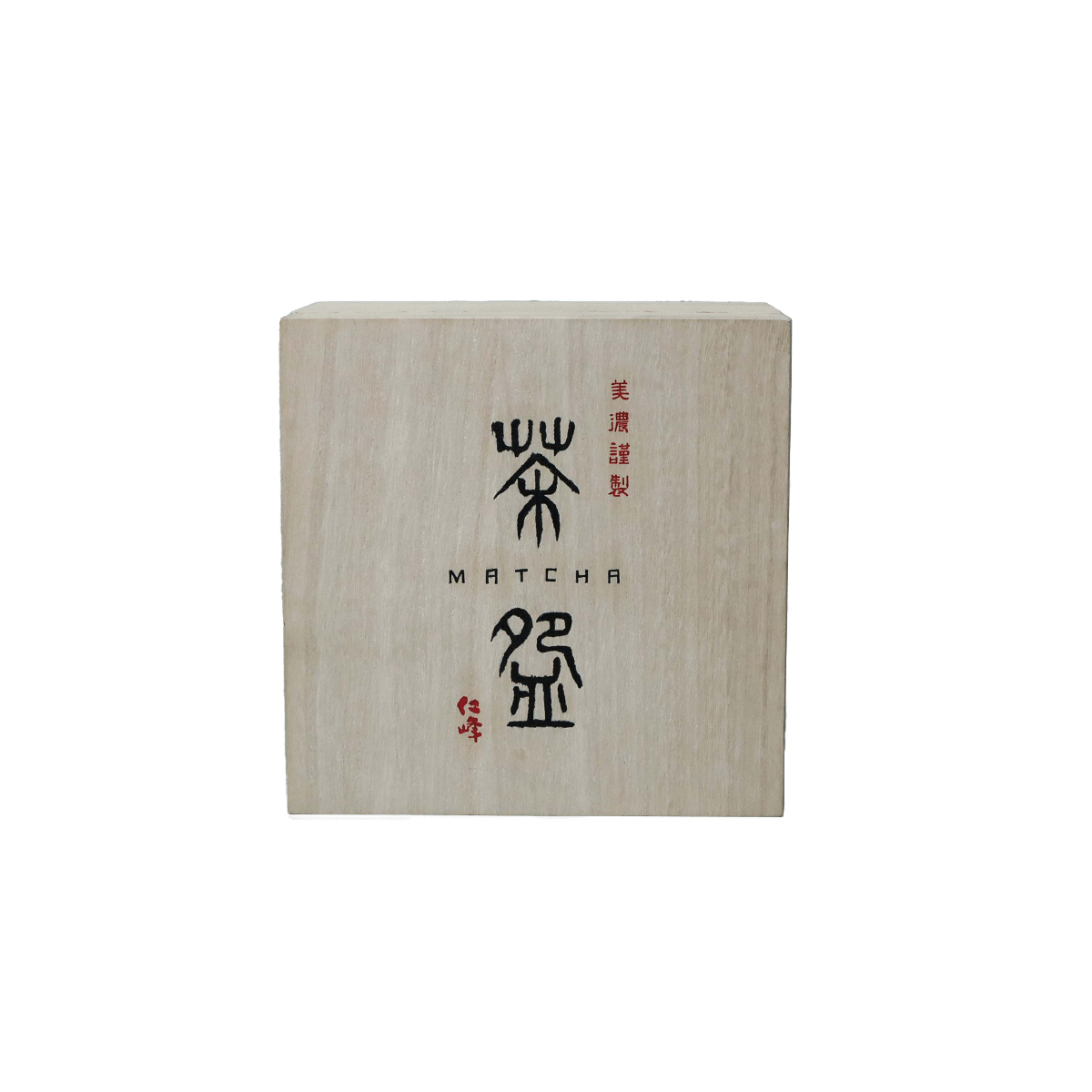
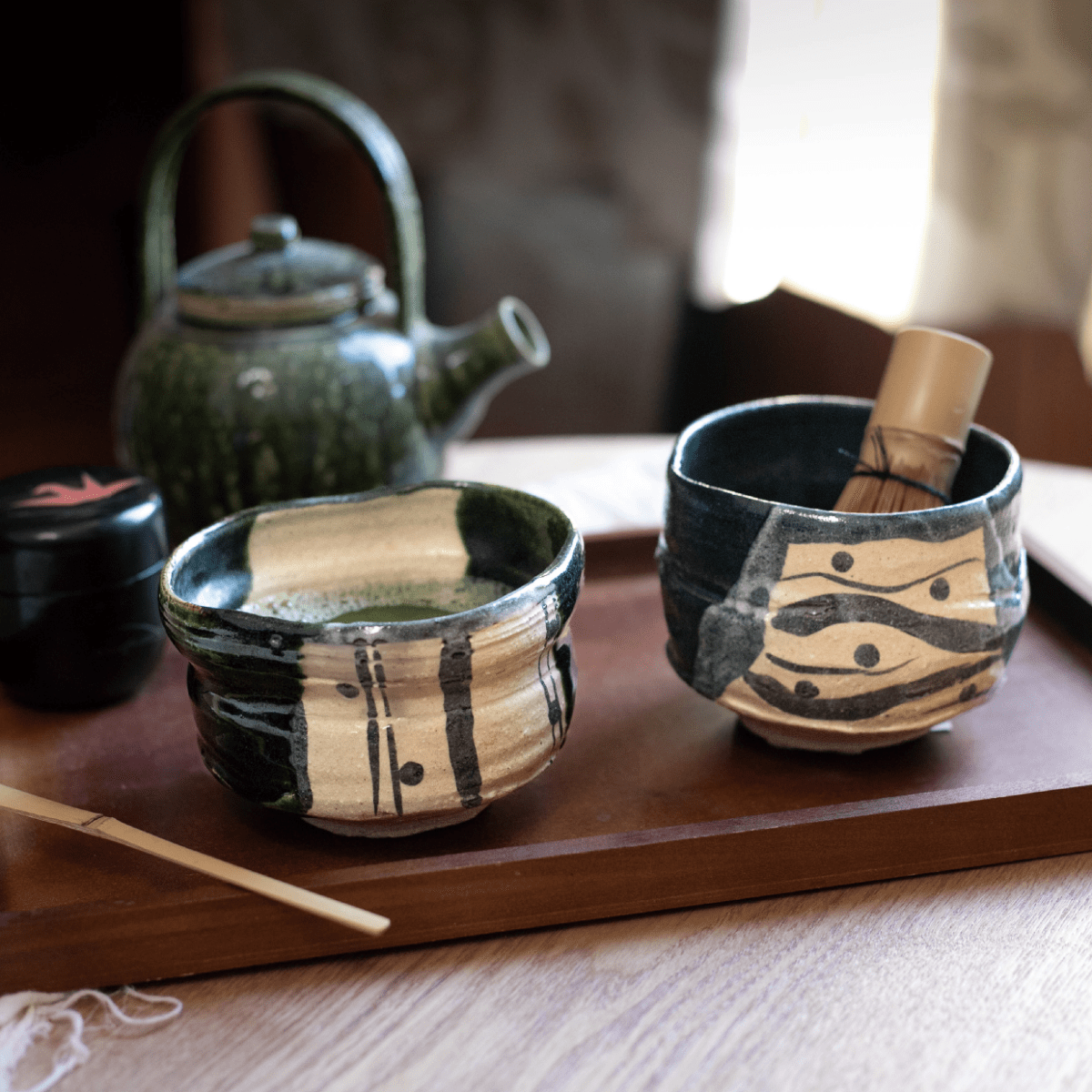
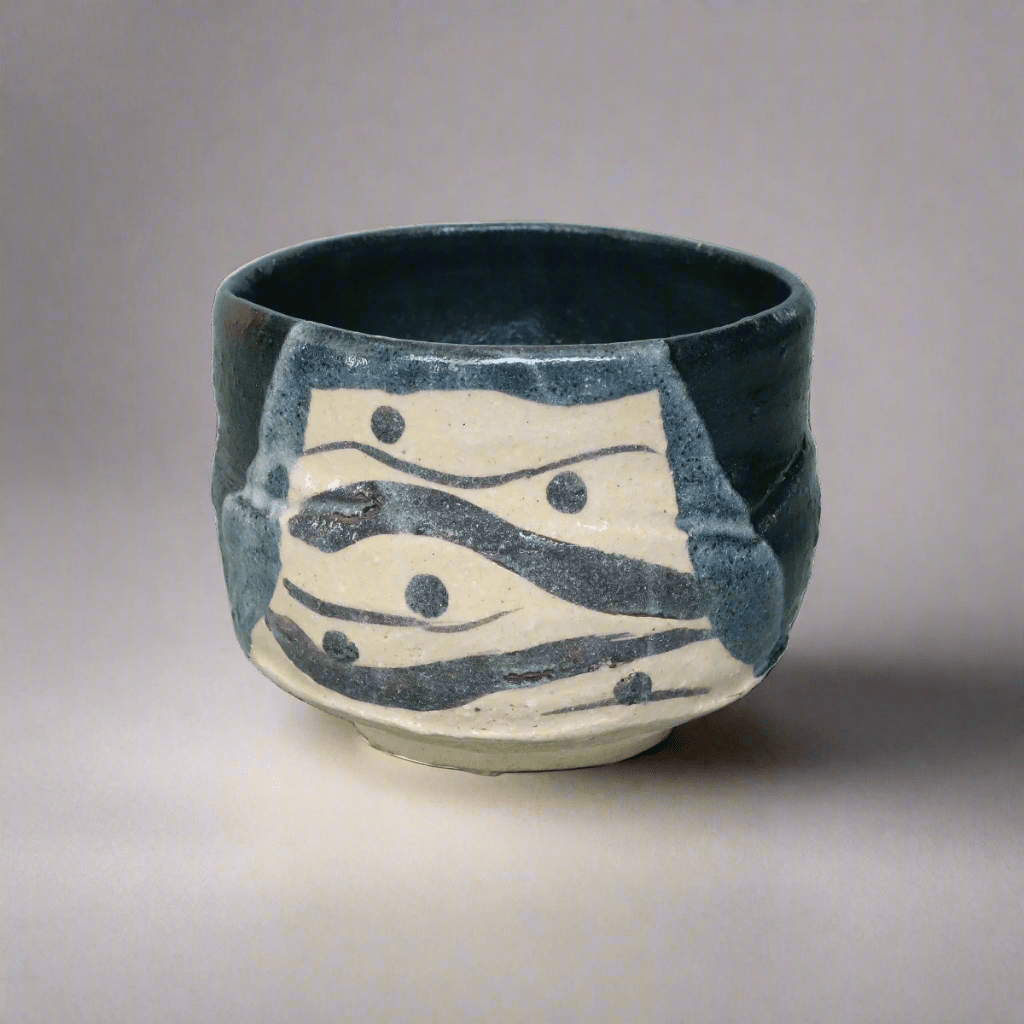
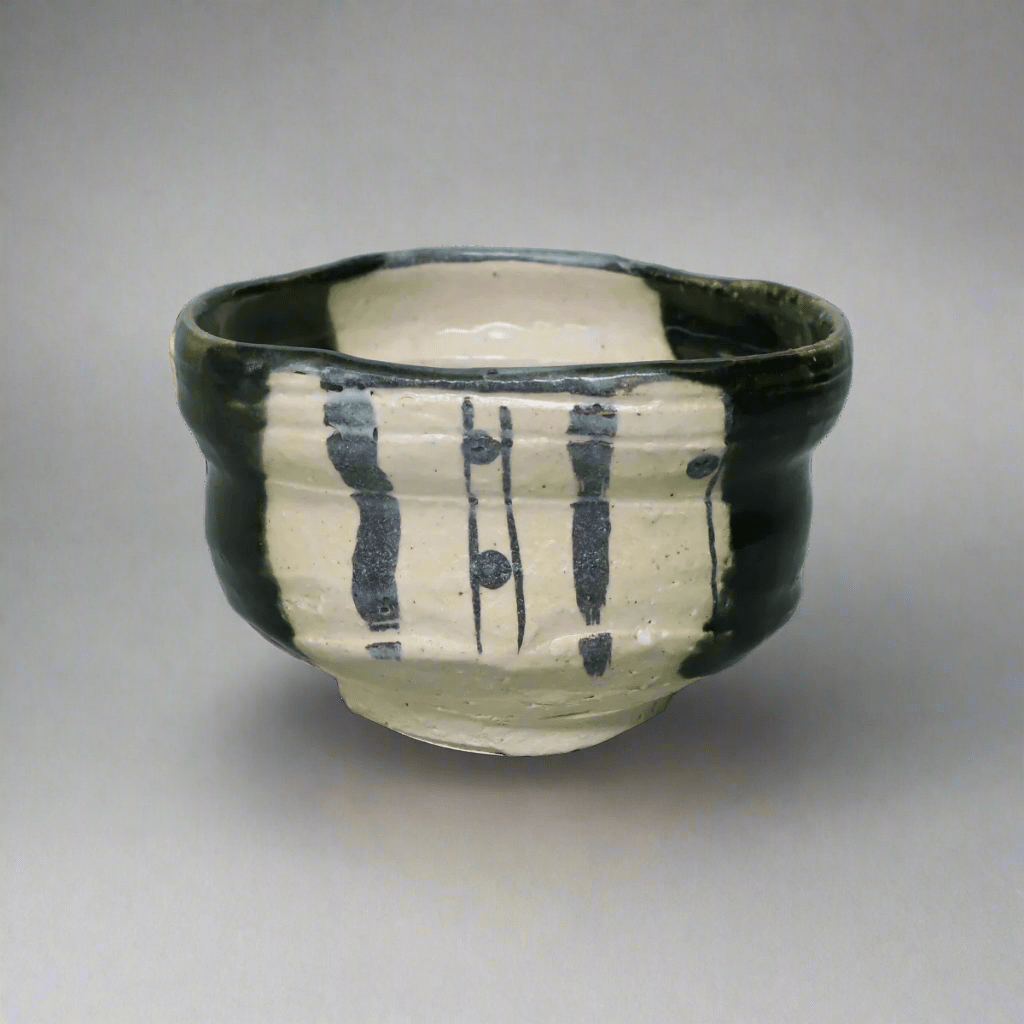
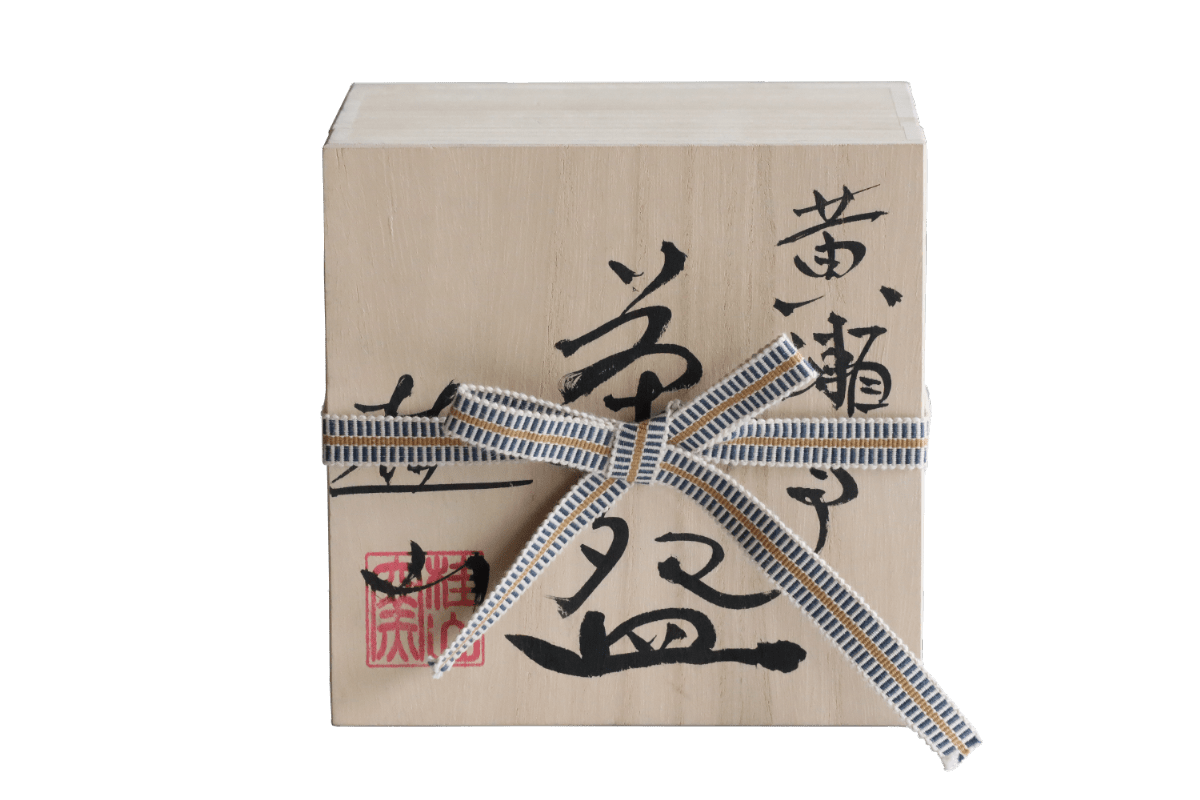
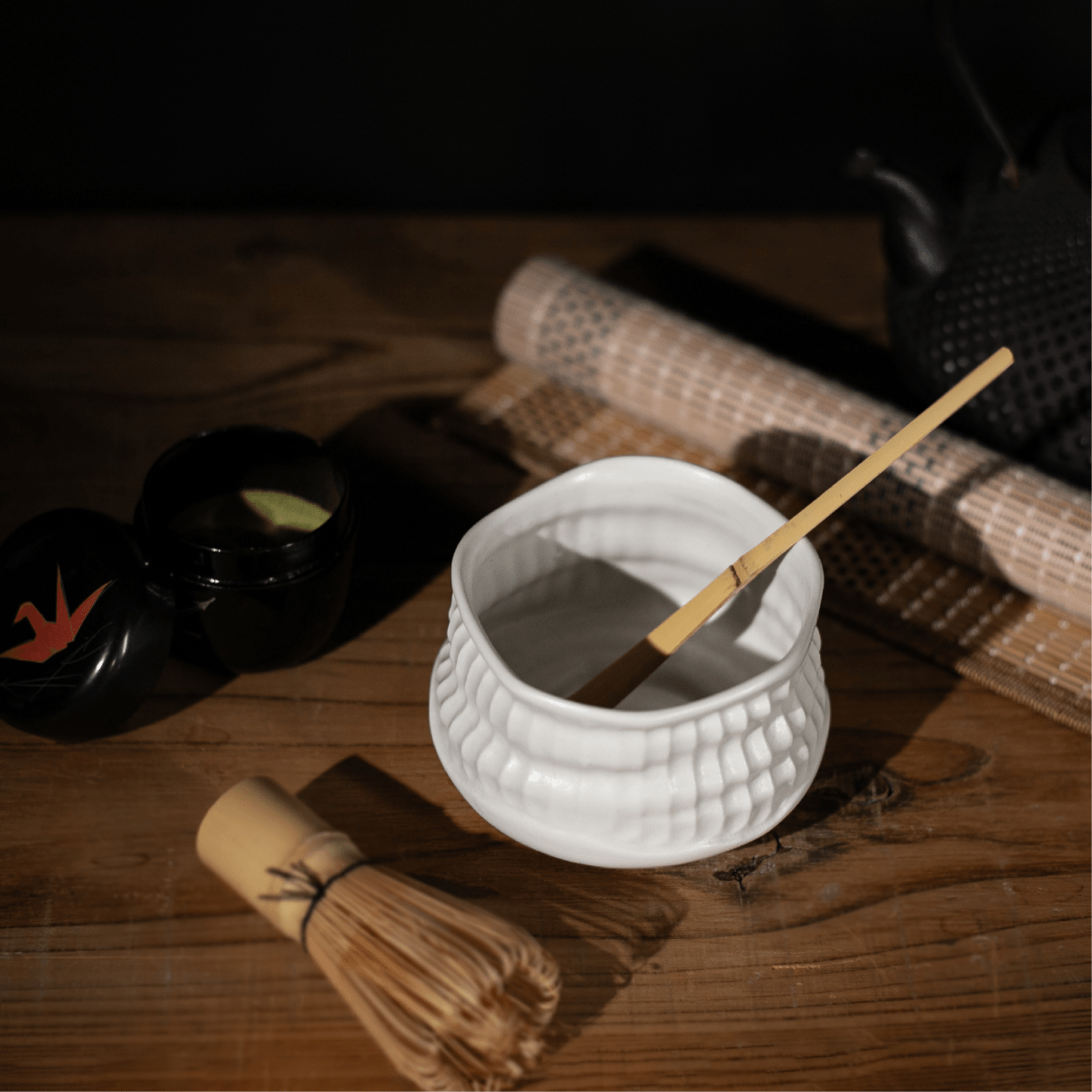
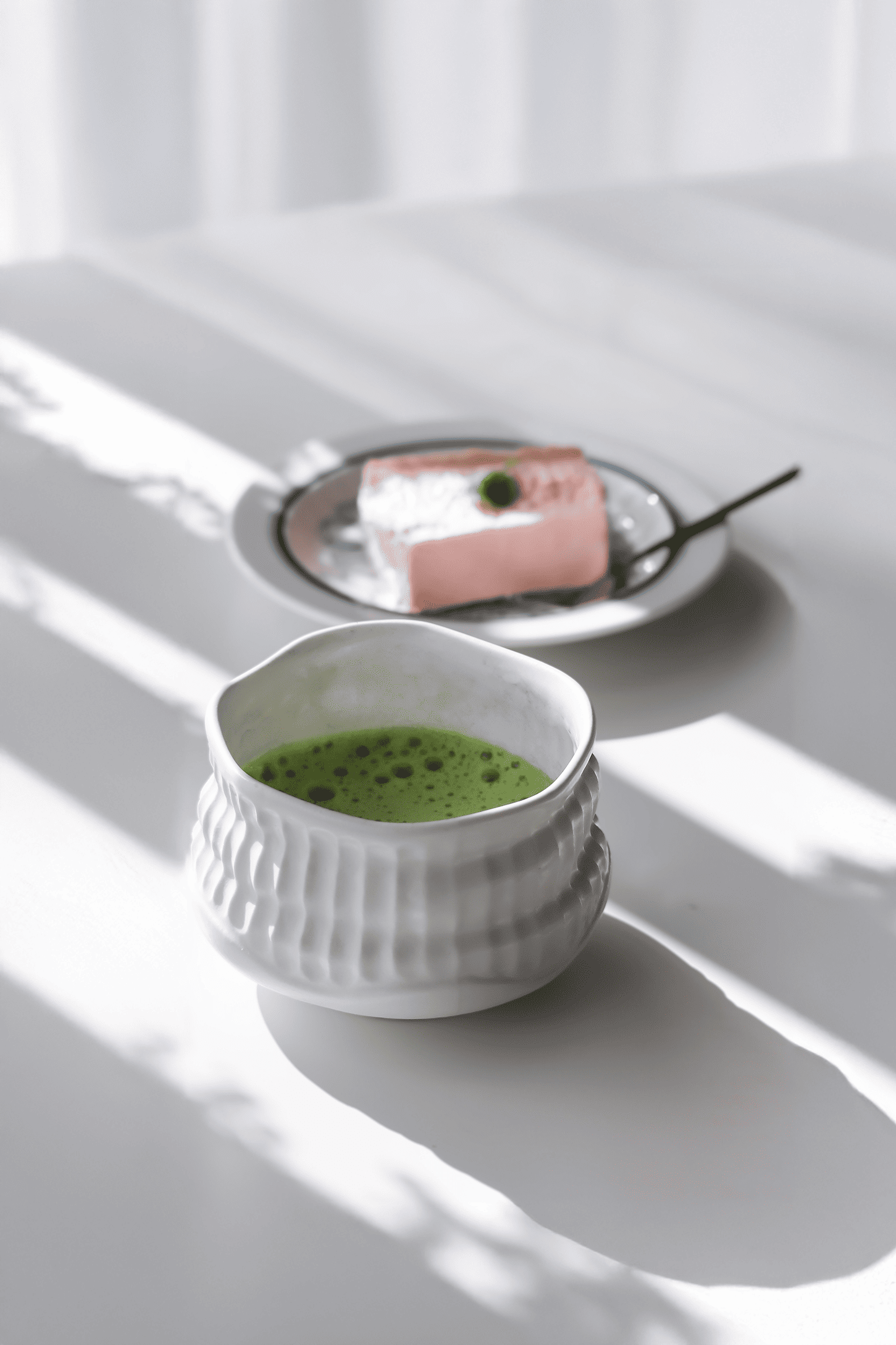
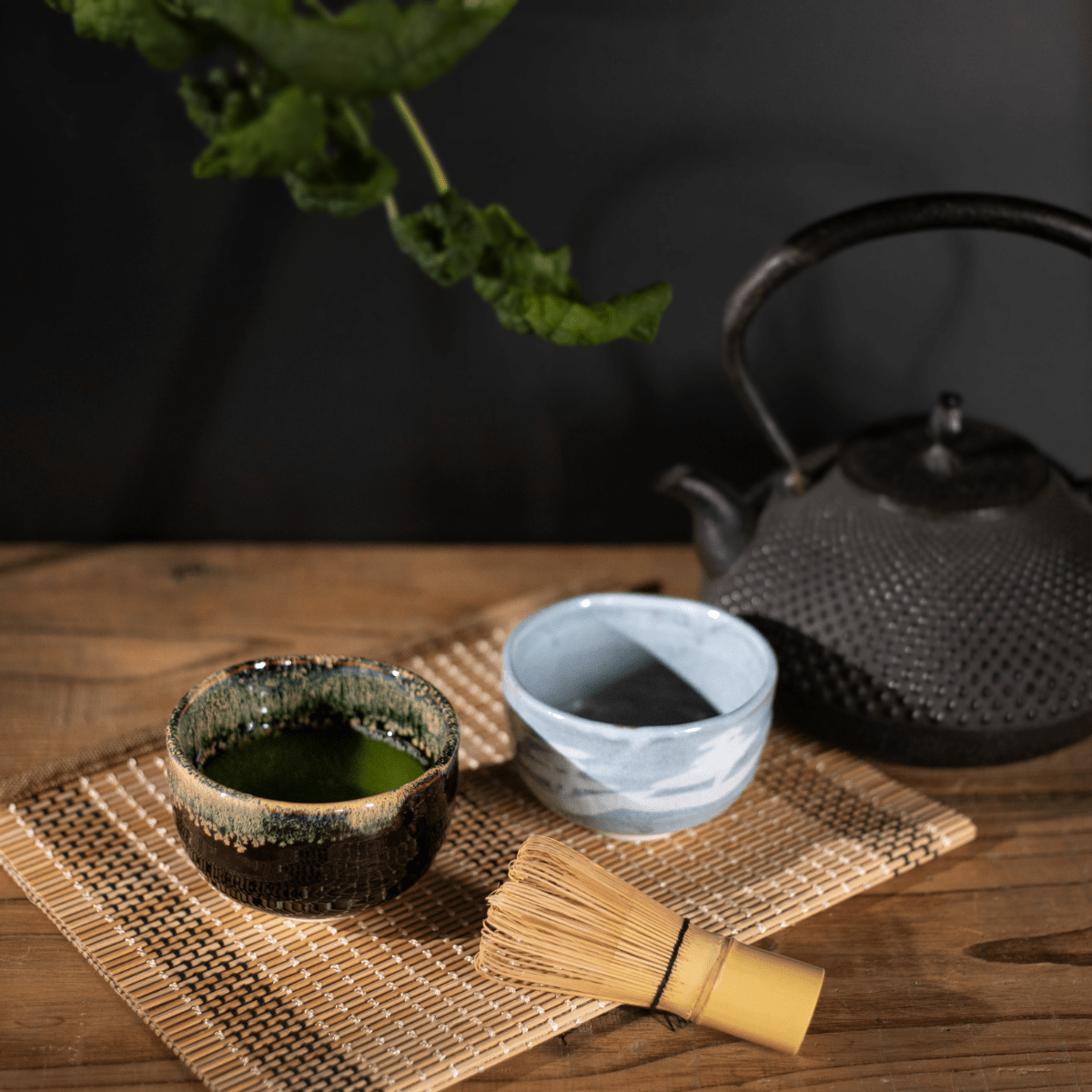
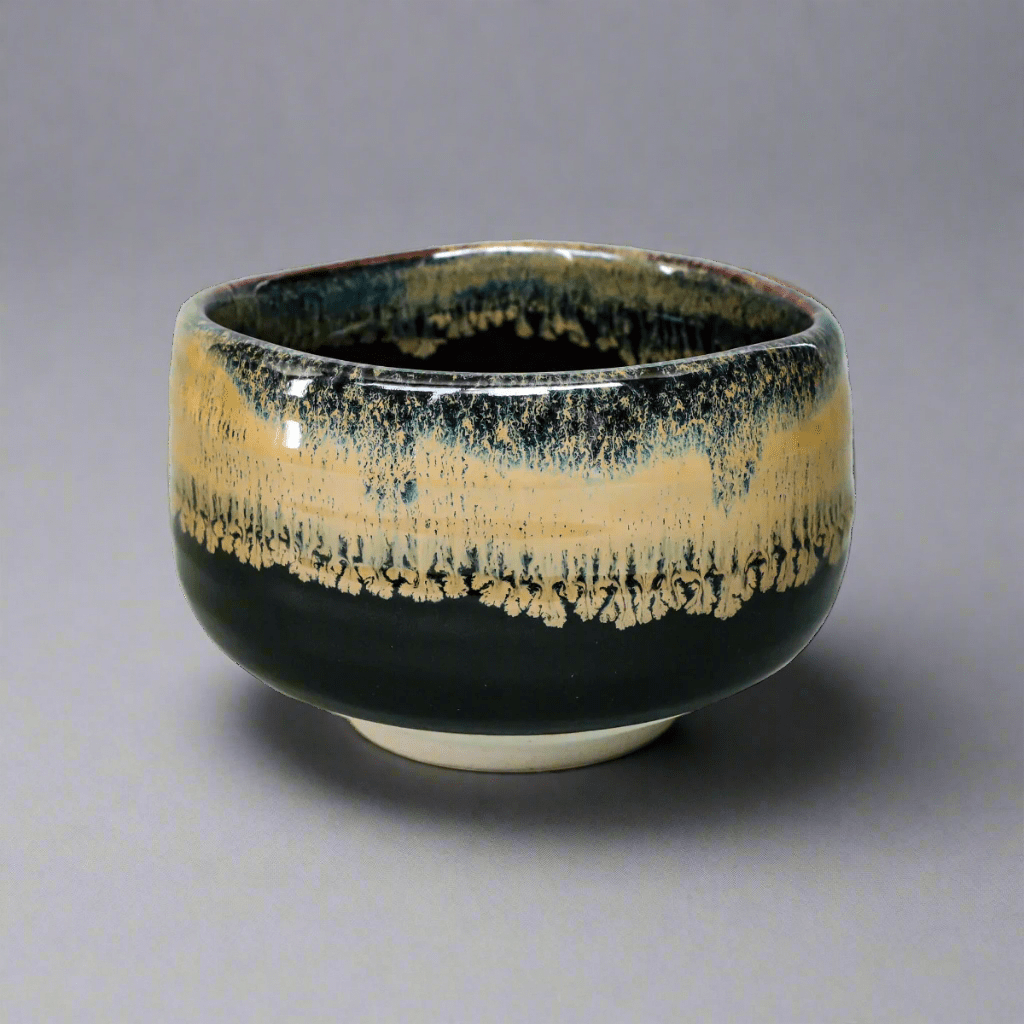
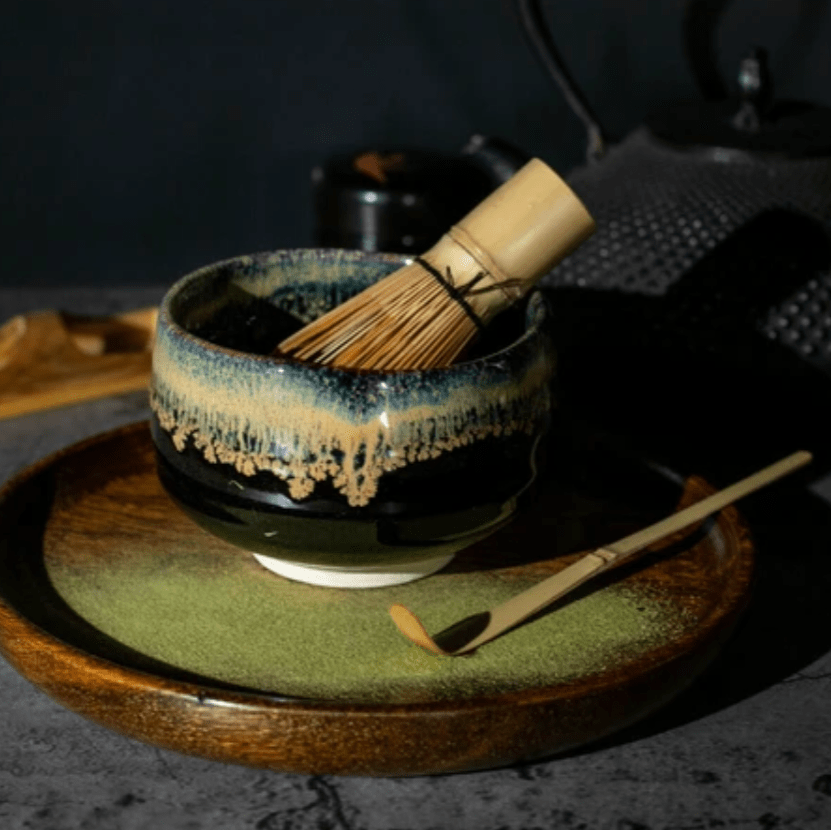
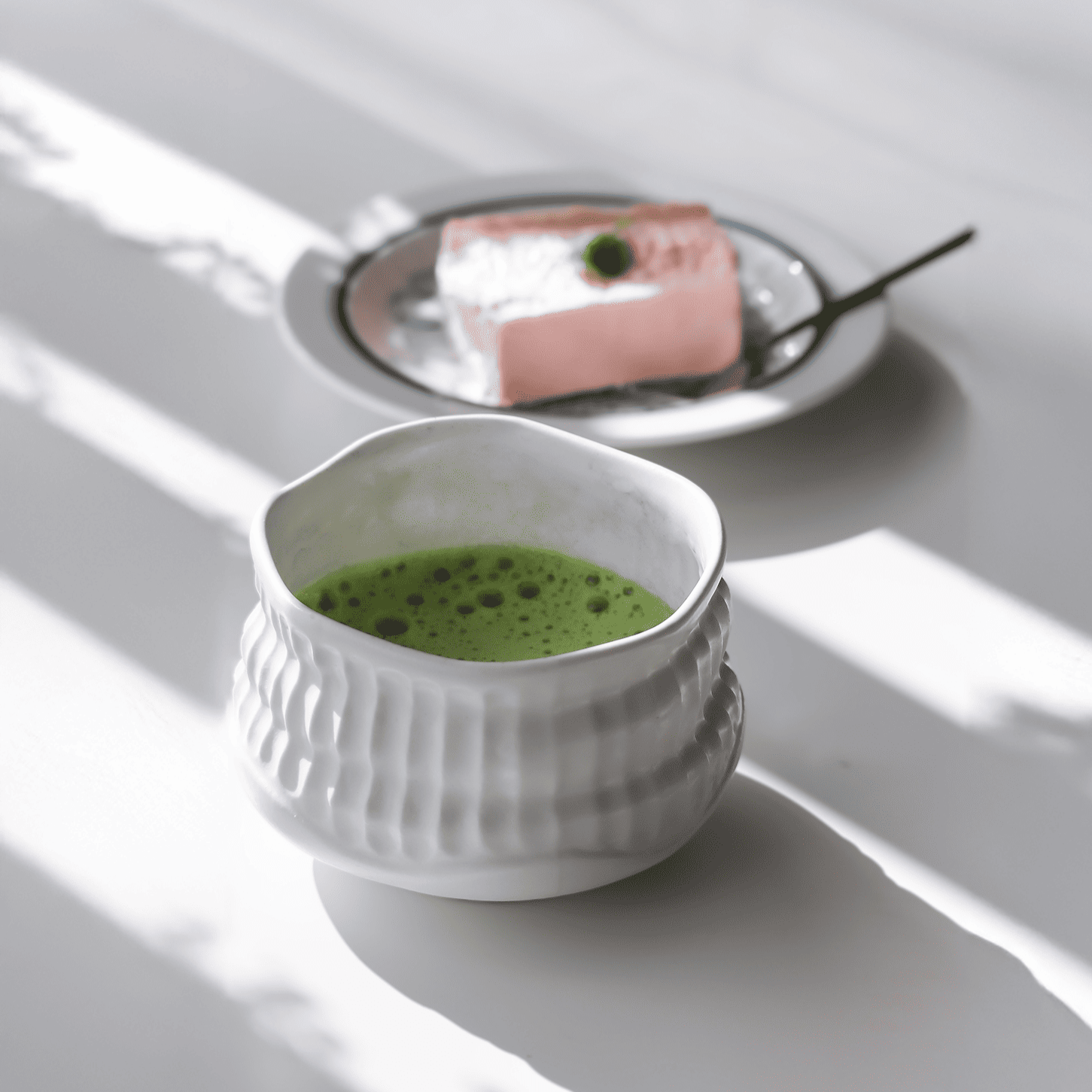
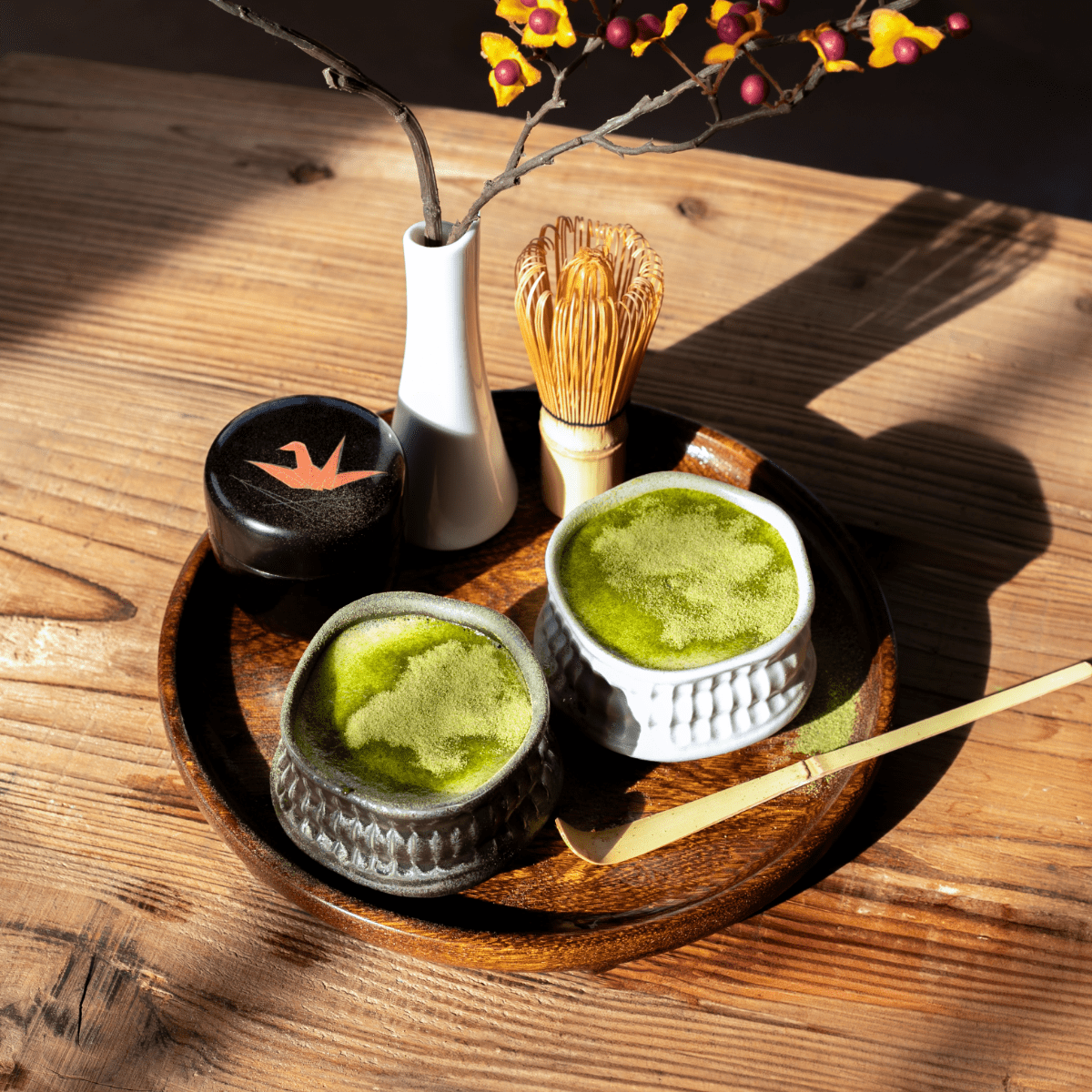
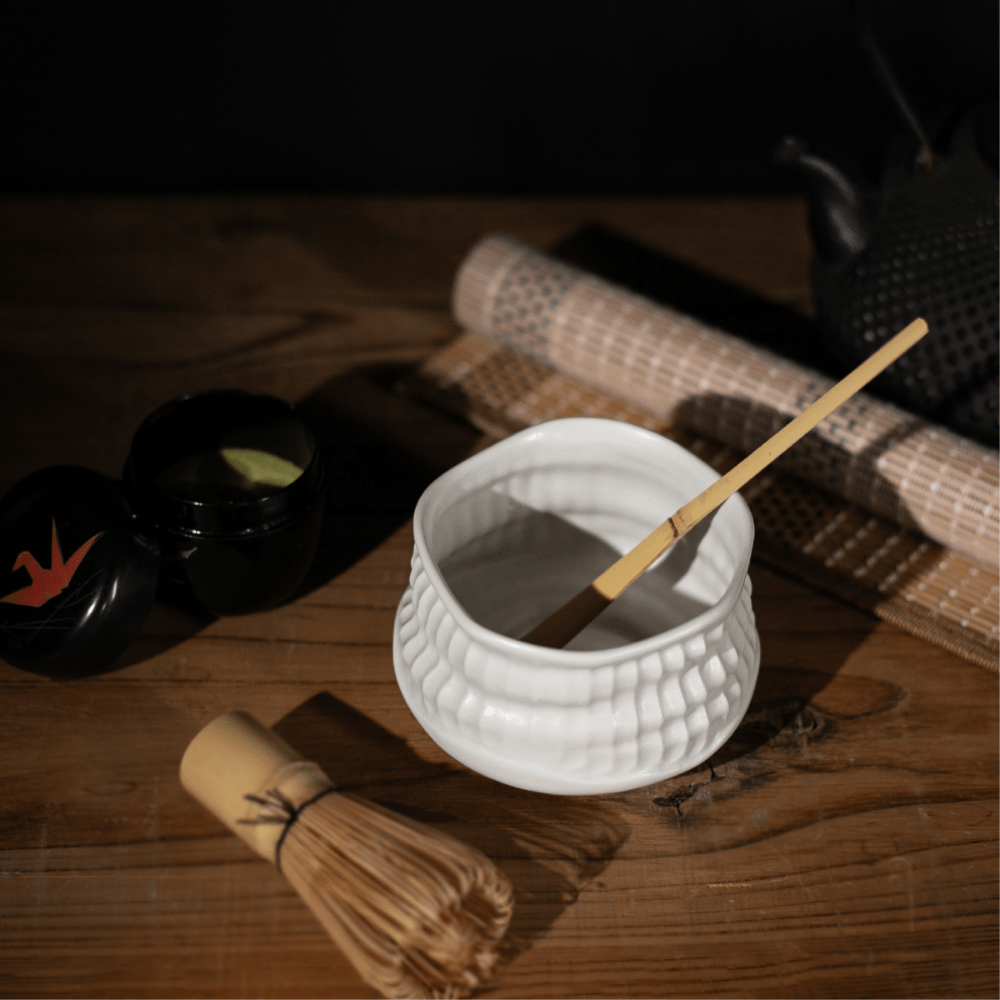
Share: